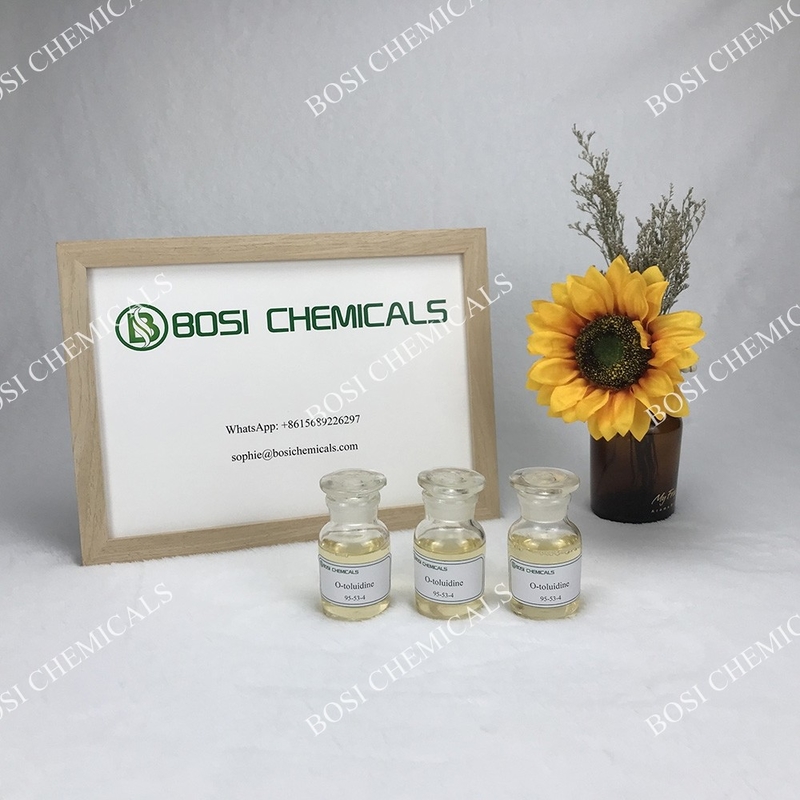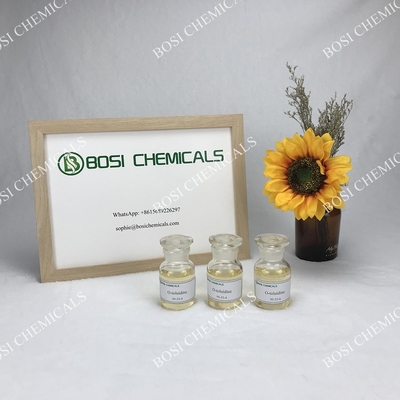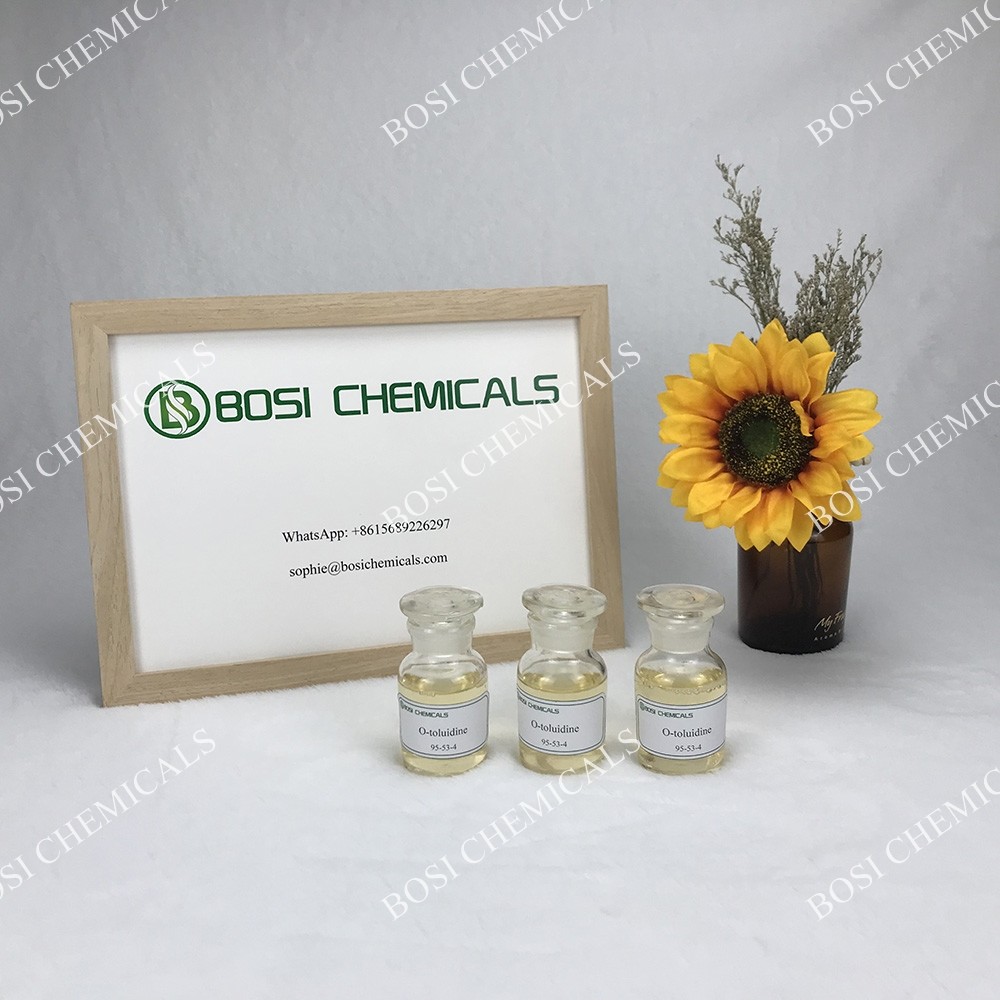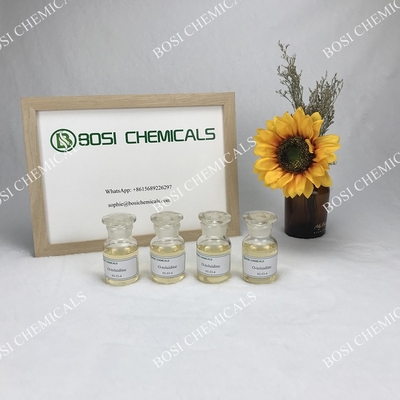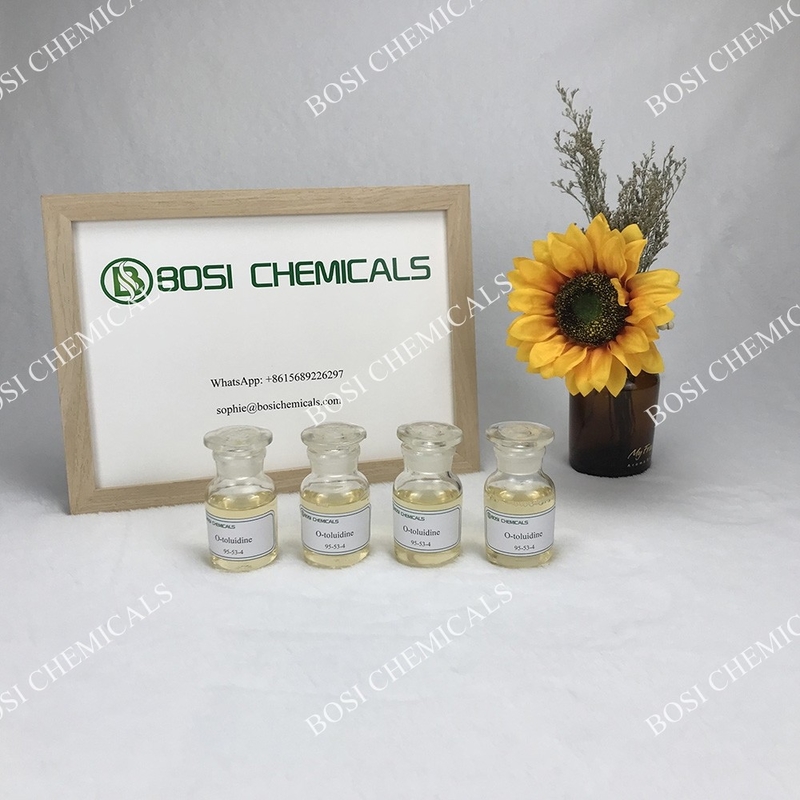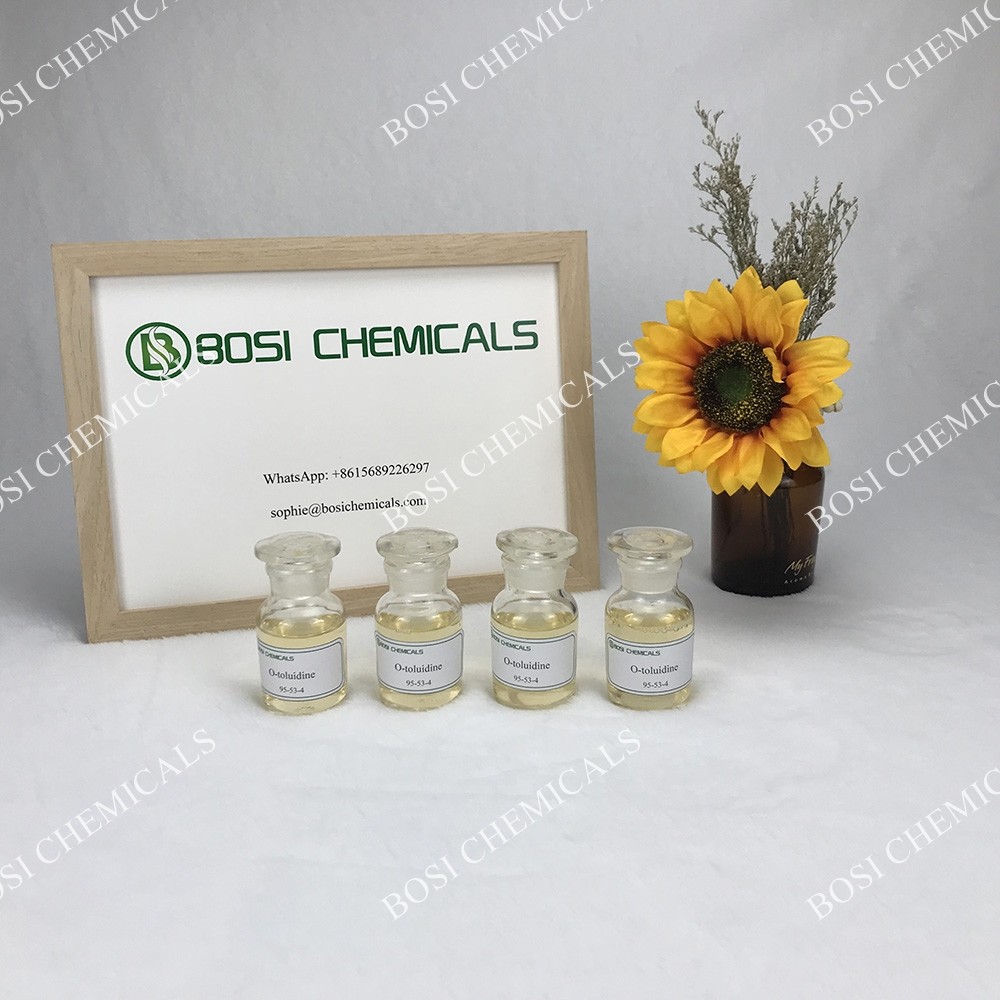Pesticide Intermediate O-Toluidine With Purity Over 99%
O-toluidine can be used as a substitute for DOP, especially suitable for plastisol, with good viscosity stability. And could also used as cold-resistant plasticizer. It could be used as gas chromatography fixative and plasticizer. Further more can be used as the main plasticizer of plastics, widely used in PVC products. This product is the most widely used plasticizer. Except for cellulose acetate and polyvinyl acetate, it has good compatibility with most synthetic resins and rubbers used in industry. O-toluidine has good comprehensive performance, good mixing performance, high plasticizing efficiency, low volatility, good low temperature flexibility, water extraction resistance, high electrical performance, good heat resistance and weather resistance. As a main plasticizer, O-toluidine is widely used in the processing of various soft PVC products, such as films, sheets, artificial leather, cable materials and molded products. O-toluidine is non-toxic and can be used for packaging materials in contact with food, but it is not suitable for fatty food packaging materials because it is easily drawn out by fat. It can also be used in nitrocellulose paint, which makes the paint film have higher tensile strength of elasticity.

| ITEM |
CONTENT |
| Purity |
99% |
| Type |
Organic block |
| CAS No. |
95-53-4 |
| Alias |
o-methylaniline |
| sensitivity |
Air & Light Sensitive |
| BRN |
741981 |
| Henry's Law Constant |
1.98 at 25 °C |
| Color |
light yellow to light amber |

O-Toluidine (CH3C6H4NH2) is a colorless to pale-yellow liquid. It is a toxic substance harmful to the eyes, skin, and when swallowed or inhaled. o-Toluidine can cause cancer. Workers may be harmed from exposure to o-toluidine. The level of exposure depends upon the dose, duration, and work being done.
O-Toluidine is used in many industries. It is used in some hair dyes, weed and pest killers, rubber, and in some laboratory processes. Some examples of workers at risk of being exposed to o-toluidine include the following:
1. Workers who are exposed to certain hair dyes
2. Factory workers involved in rubber manufacture
3. Employees who are exposed to cigarette smoke
4. Laboratory workers who stain tissues or analyze glucose
NIOSH recommends that employers use Hierarchy of Controls to prevent injuries. If you work in an industry that uses o-toluidine, please read chemical labels and the accompanying Safety Data Sheets for hazard information to learn more about controlling chemical workplace exposures.

 Your message must be between 20-3,000 characters!
Your message must be between 20-3,000 characters! Please check your E-mail!
Please check your E-mail!  Your message must be between 20-3,000 characters!
Your message must be between 20-3,000 characters! Please check your E-mail!
Please check your E-mail! 

